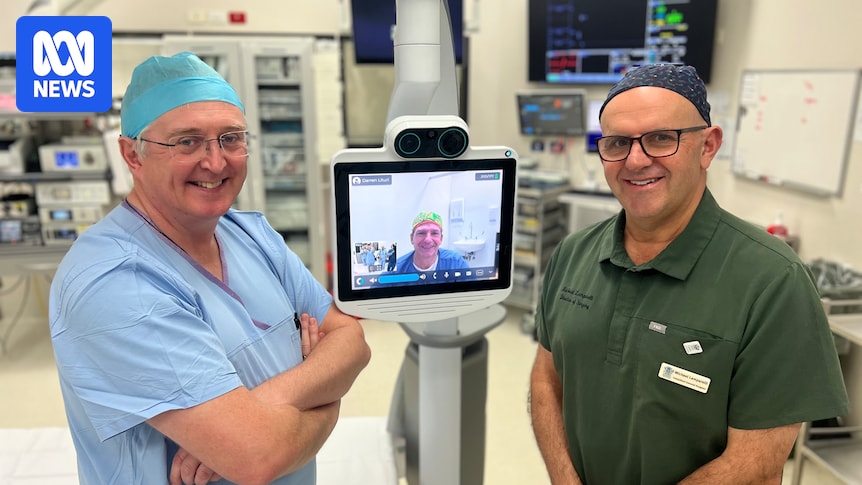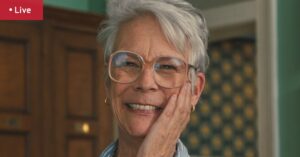
When Michael Lamparelli attended a party in Brisbane last month, he did not anticipate that he would play a crucial role in saving a life that night. Yet, by helping a remote colleague virtually “scrub in” to a surgery over 600 kilometers away in Rockhampton, that is exactly what transpired.
“The patient had a significant bleed inside their skull, causing pressure on their brain,” explained Dr. Lamparelli. “If it hadn’t been relieved, there was a danger they were going to be permanently damaged, or die.”
Dr. Lamparelli, the deputy director of surgery at Rockhampton Hospital in central Queensland, had spent three years advocating for the new telehealth equipment that facilitated this life-saving surgery. The Teladoc system, now implemented in the Rockhampton, Gladstone, and Emerald hospitals, enables specialists to virtually participate in surgeries, offering real-time advice through multiple camera angles.
First Use in Australian Public Hospitals
The Teladoc system’s deployment marks the first time such equipment has been used in an Australian public hospital. Dr. Lamparelli, who was in Brisbane at the time, connected neurosurgeon Craig Winter to the live surgery via his phone, assisting the on-call general surgeon in Rockhampton who had never performed that particular operation before.
“What I was able to do was push those images from my phone to the neurosurgeon, and he was able to supervise that case … talking to her [the on-ground surgeon] through the whole procedure,” Dr. Lamparelli recounted. “I watched in real time as she removed a bit of bone from the skull and then relieved all that clot.”
The procedure lasted about an hour, after which the patient was stabilized and transported to Brisbane—a transfer that took approximately five hours. The patient is now back in Rockhampton Hospital, recovering well in the rehabilitation center.
Transforming Regional Healthcare
Rockhampton Hospital’s director of surgery, Chris Lewis, expressed optimism that the new technology could transform regional healthcare. “The geography of Australia is fatal,” Dr. Lewis noted. “Especially in trauma and severe injury, a lot of our patients come from cattle stations in the middle of nowhere, and time is of the essence. You actually need the help there and then, and you can’t stop the operation and come back at a later date.”
Dr. Lamparelli credited the acquisition of the machines to the fundraising efforts of the CQ Shines Hospital Foundation and the Gladstone Ports Corporation. “If we can prove that it’s worthwhile, we would hope that other hospitals would get this,” he said.
Global Connectivity and Staff Retention
Christina McInally, Rockhampton Hospital’s telehealth coordinator and clinical nurse consultant, highlighted the system’s potential to connect with specialists worldwide, which she believes will aid in staff retention. “It’s also showing that our staff are great at their job and can do absolutely amazing things when we just have a little bit of extra support,” she remarked.
The introduction of Teladoc technology is a significant step forward in addressing the challenges faced by regional hospitals in Australia. With its successful implementation, there is hope that more hospitals will adopt similar systems, ultimately improving patient outcomes and healthcare accessibility in remote areas.






